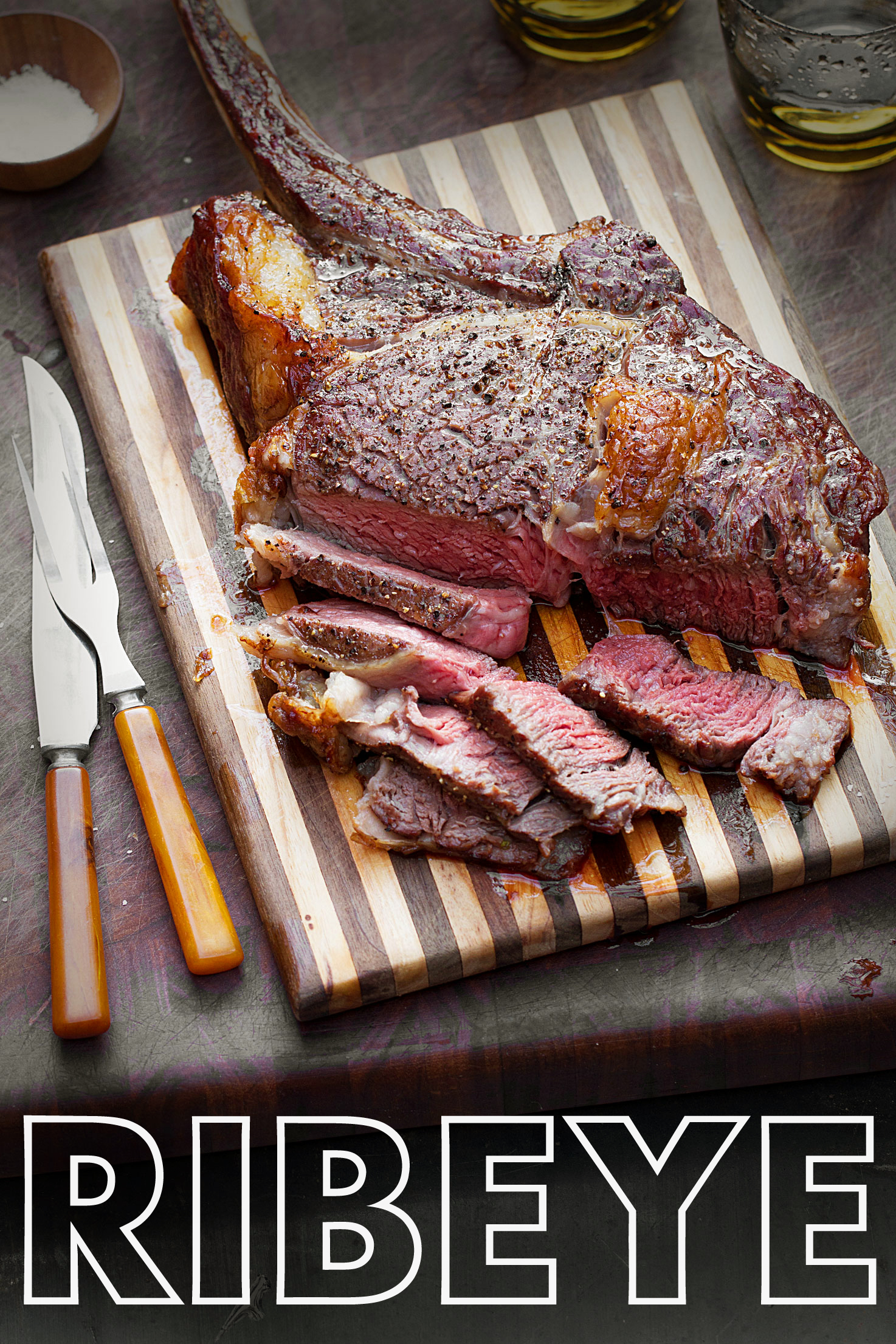
Reverse Sear Ribeye. If you’re looking for a steak that’s cooked to medium-rare from edge to edge with a thin well-charred crust, this is the technique to try. I’m using an oven set to 250 degrees F. and a smoking hot charcoal grill, but you can do the searing with a cast-iron skillet on the stove top too. If you’ve ever cooked meat using sous vide technique then the idea of slow-cooking a steak before finishing it off with a hot sear will seem familiar. However, despite the fabulous results, I think sous vide takes a lot of the joy out of cooking. I probably cook pricey cuts of beef like this bone-in “tomahawk” ribeye once or twice a year. I consider it a special event – one of which I want to enjoy every minute.
This post came about in an unusual manner. I was at the market and I impulsively bought a giant “tomahawk” steak. I say impulsively because it’s not a steak I usually see at the market. Besides, I don’t buy $50 slabs of beef on a whim. Except of course when I do…
You see, I made this unusual (for me) purchase because I’d coincidentally seen my brother post a most-impressive Reverse Sear Ribeye on Facebook. It was even a “tomahawk”. It was an amusing post and he gave very precise cooking instructions for his Reverse Sear Ribeye in just two or three sentences. I’m glad his high school buddies were impressed and I enjoyed reading their comments of awe. However, a big flashy steak is not really my “thing” and I had no plans of jumping into the “tomahawk” game. Still, I found myself thinking about his steak more and more as the days went by. I’m not saying there was any sort of sibling rivalry at play. Don’t get that idea. My brother is a chef trained in the French tradition and he’s a far better cook than I’ll ever be. Honestly.
Reverse Sear Ribeye
The thing that intrigued me about his reverse sear ribeye is how easily formulaic the process seems. As long as you start with a steak that is 2‑inches thick and weighs a bit more than two pounds this technique should work every single time. I like cooking procedures that work exactly as expected every single time. I make a two-pound Tri-Tip in the oven by a simple formula. Not only is it one of my most popular posts, but it makes weeknight cooking as simple as it can be.
So before I had time to chuck that “tomahawk” back in the case I decided to give my brother’s oven-to-grill method a try.
Guess what? It works perfectly. I’d love to say it works perfectly every single time, but let’s face it, this may be the only single time I spend $50 on a steak. GREG
PS In case you don’t know a “tomahawk” steak is cut from somewhere between the 6th and 12th rib of the beef cow and weighs between 2 and 3 pounds. Technically it’s a bone-in rib-eye with extra bone. That extra portion of bone is Frenched to give the steak its distinctive “handle” resembling something Fred Flintstone might order at the Drive-In. You know, that steak that turns his car on its side.
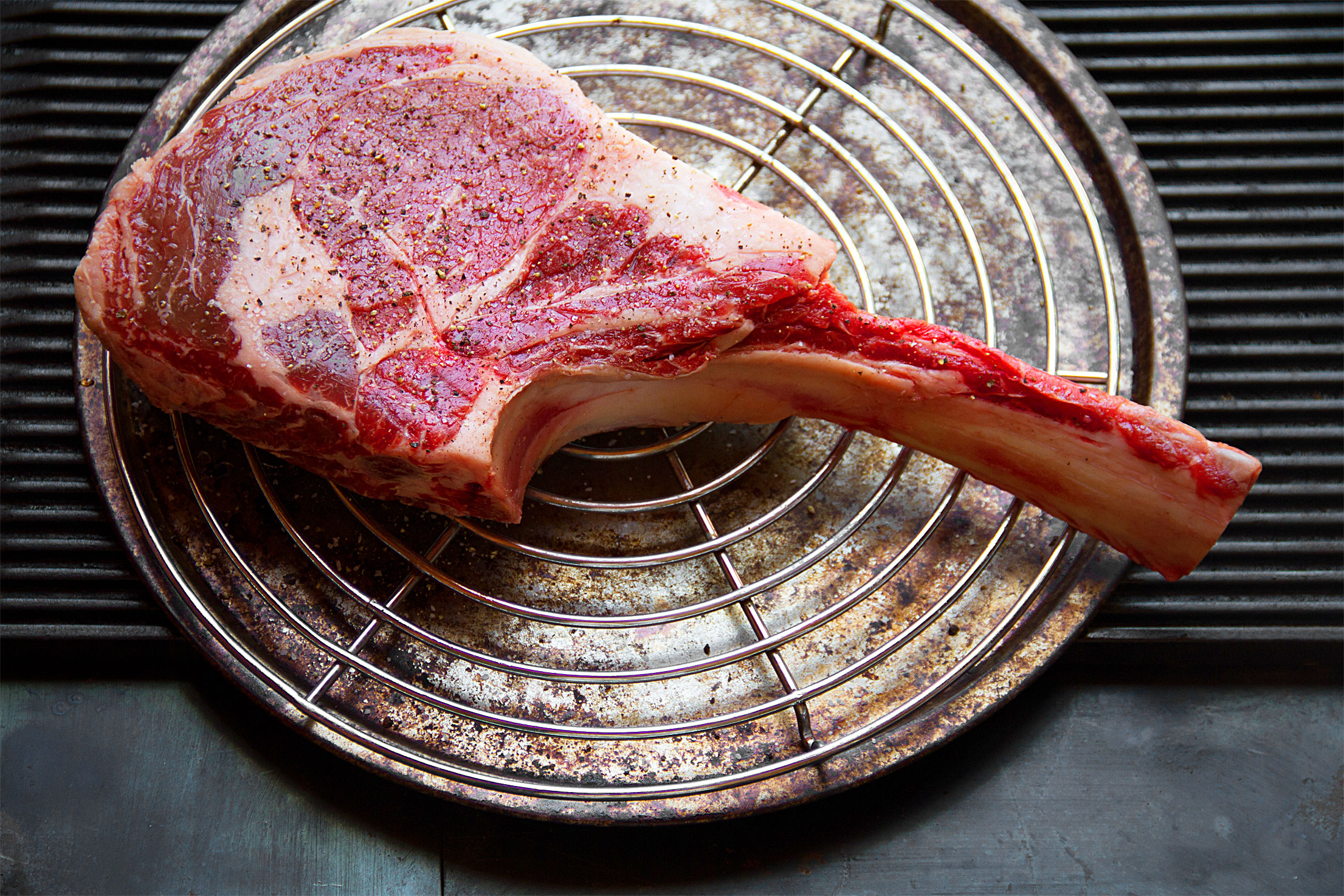
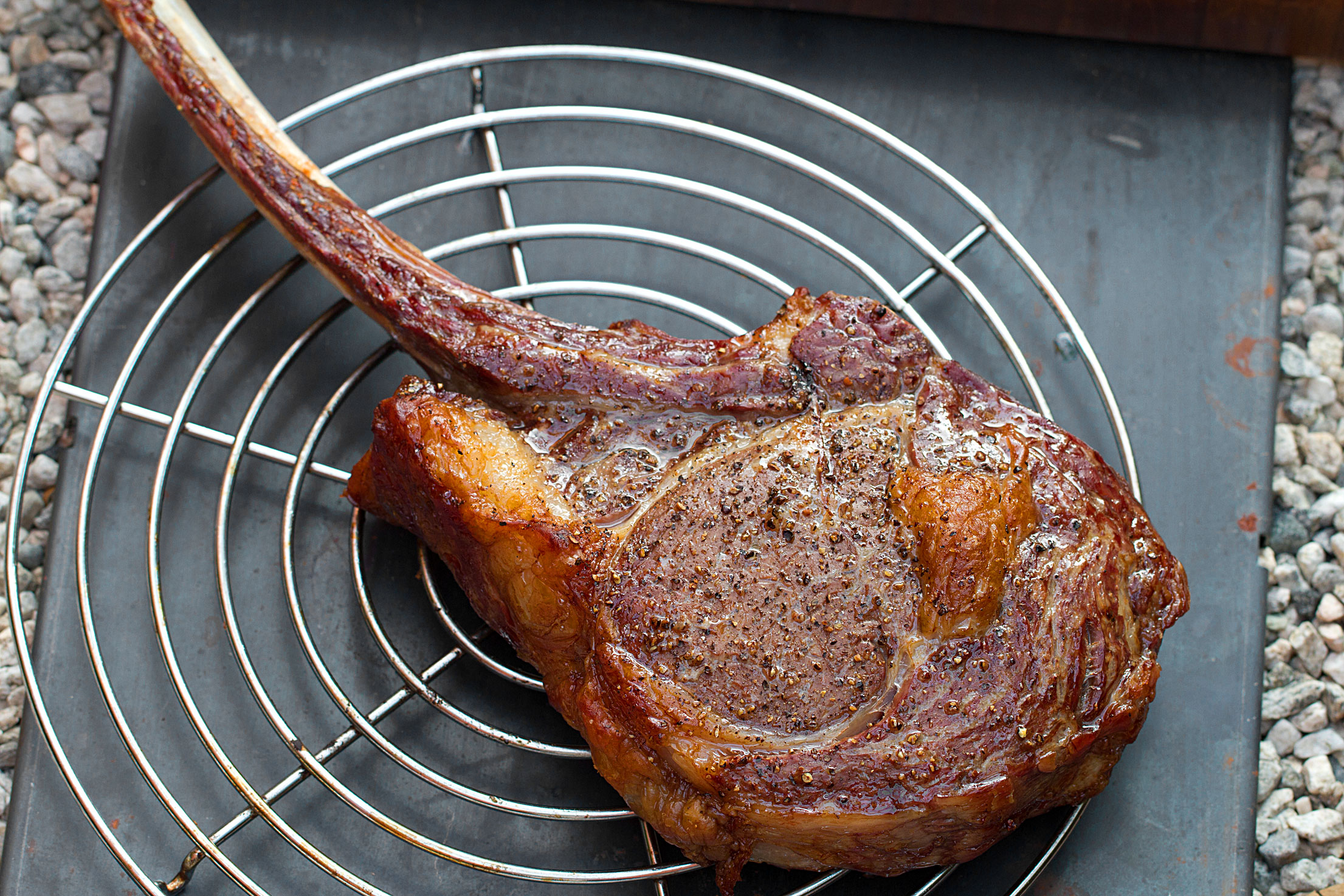
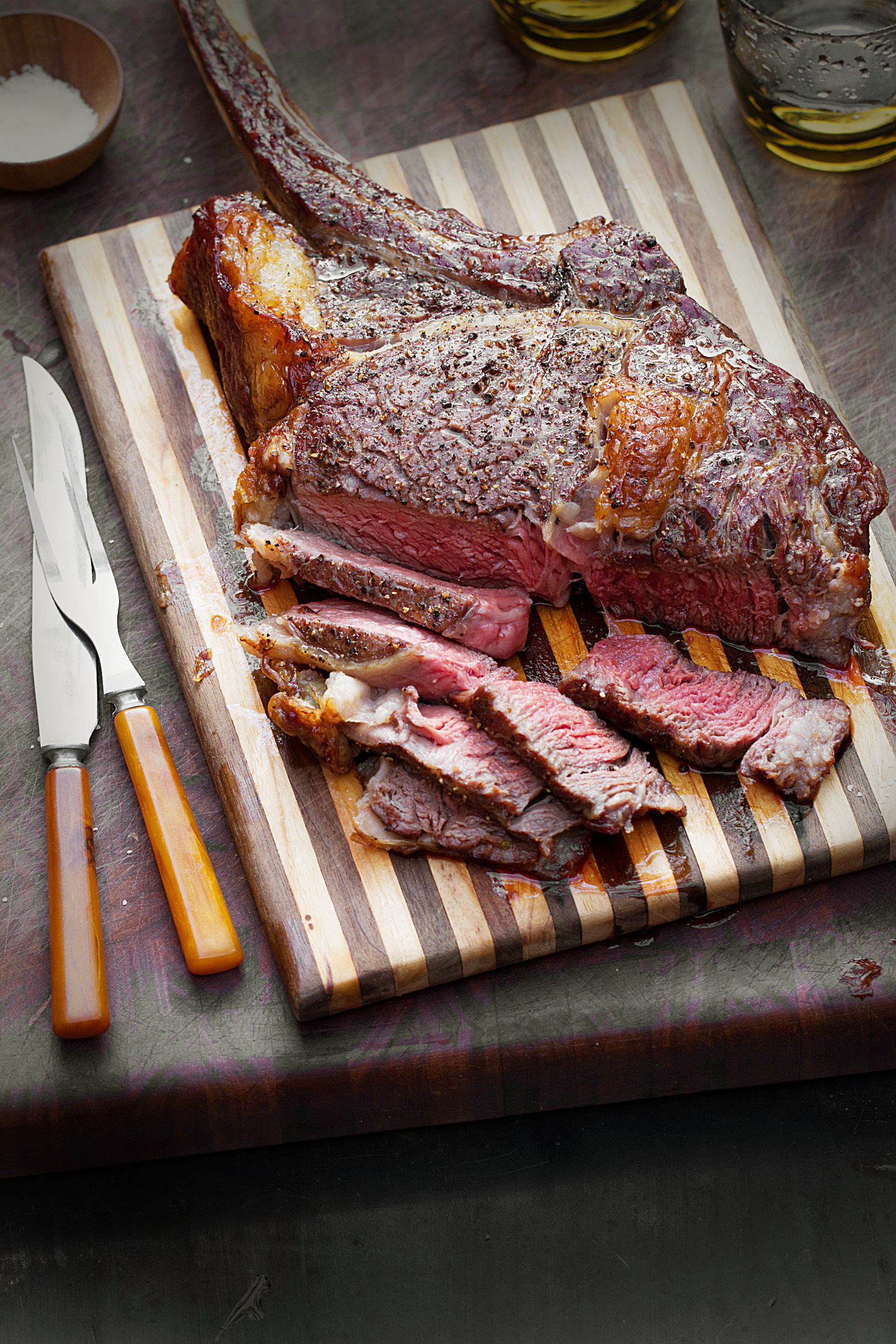

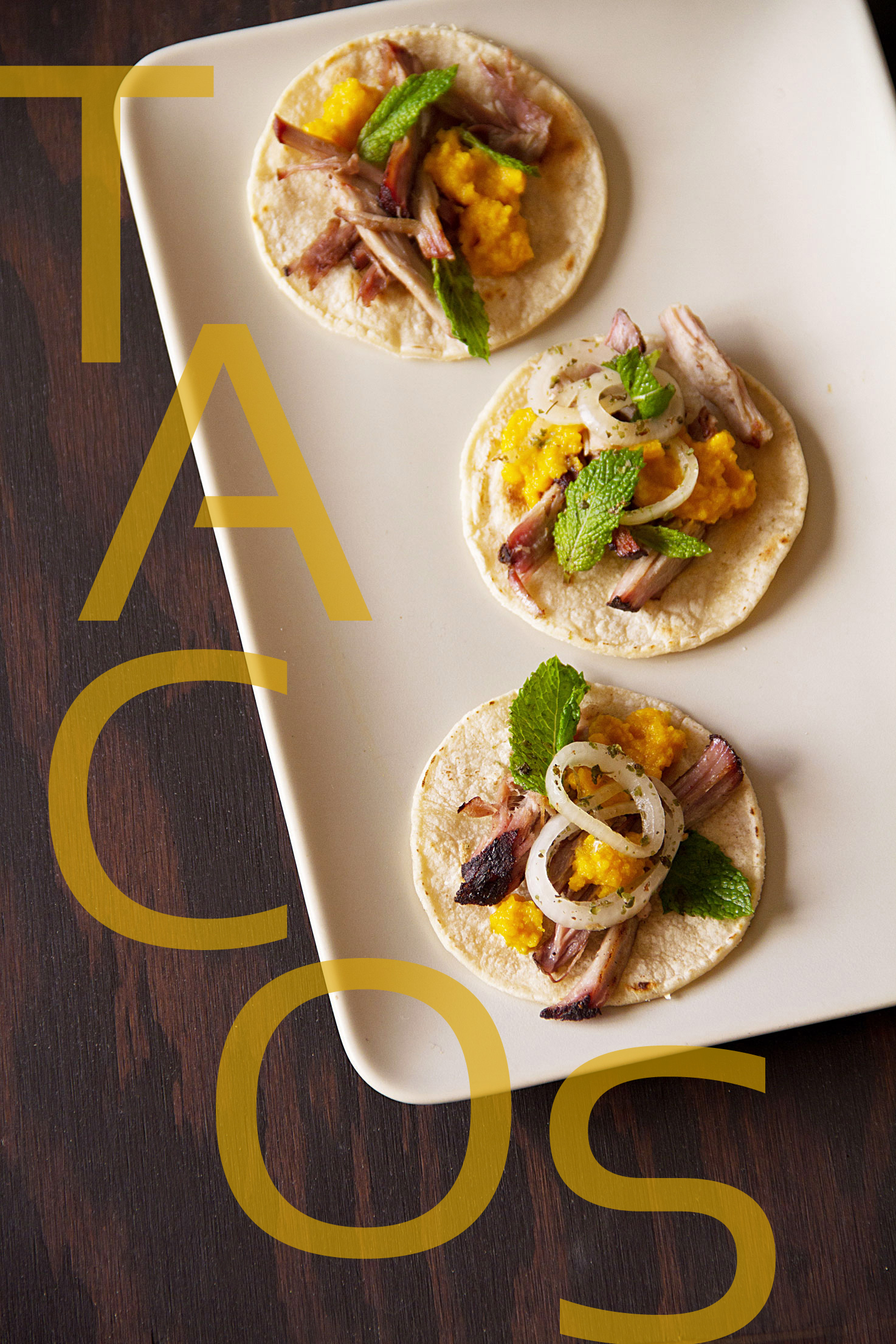

Hi Greg! This is a great method! Thanks for sharing it. ~Best, Bijouxs
Oh my Greg — this is one gorgeous steak. I’ve always wanted to try this method. One a year sounds good to me, even though I could eat meat like this more often, but don’t unfortunately. Gorgeous!
It looks like you and your brother are on to something…the steak looks perfectly cooked.
I am showing this to my husband since he is the export meat person in our house. It looks delicious Greg. My nephew is trying to talk me into cooking sous vide but I have little interest in doing so. Gerlinde!
I’m trying this method ASAP! Mason (14-yr-old who’s steak obsessed at the moment), will absolutely love this! And so will I!
Absolutely gorgeous! I just love this recipe. We don’t buy steak very often so this would be a treat for us too. What a great dish for a dinner party. I don’t think we can get our Weber charcoal grill to 600° F but we are in the market for a Big Green Egg and that would definitely hit the mark (or higher). I’m going to bookmark this for the fall when we have the BGE. Thanks Greg.
I love that you cooked in first in the oven. We have only thrown it on the grill and wrapped the bone in aluminum foil so it wouldn’t burn. Seriously, it is such a great cut of beef I don’t think you could go too wrong.
2 chefs in the family? Wow!!! You are right about sous vide vs bbq. I have a beautiful brisket, and I was thinking of grilling for July 4th, but I know what it’s like after sous vide’ing for 48 hours, so I’m really torn. I mean, it’s like butter/buttah. And I’ve never liked brisket before sous vide. That’s quite a steak. Happy 4th!
I like this, Greg. None of the fol-de-rol of sous vide. (We are on the same page. Sous vide takes the joy — and aromas — out of cooking!) I see Tomahawk steaks at the local store and have never considered getting one. Until now.
I do a steak like this maybe once every 5 years. Maybe. 🙂 I usually sear, then stick it in the oven. I’ve done it this way, too, although only a couple of times (and never with steak). This sounds wonderful — easy and tasty. And my gosh, that’s a gorgeous looking steak! 🙂